Hello friend, welcome to Scrap Facts. I’m Katherine, and I’m glad you’re here.
If you’re new here, welcome. This newsletter came about from my health reporter days when I wanted to find a way to give life to the fascinating tidbits that got cut from my stories. Now it’s evolved into a space where I write about what I learn wherever I can.
I ended 2024 with the a bang, quite literally. At the beginning of December, I reached out to the co-leaders of my running group, the DC chapter of November Project, and proposed an idea: What if we host a timed mile event on New Year’s Eve?
We called it the Last Mile of 2024, and we set up at a public track in DC. I invited everyone I knew who may be remotely interested. I was stoked — this would be a culmination of a project I had given myself where I’d run at least one timed mile every month in 2024. Every time I set out to do one, others from NPDC joined me. I figured, why not make a fun night of it? I even bought a cute glittery outfit to be festive.
Everything was perfect, except the weather. There were clear skies all day, except for the promise of a two-hour thunderstorm, which was slated to hit exactly when were scheduled to run.
We debated postponing, or even cancelling the event altogether. But we had about 20 people show up, and we knew they would have plans later in the evening, and also that a flat, rubber track was likely one of the safer places to be should lightening be an issue, so we kept on.
From the outside, I’m sure the Last Mile looked like Type 2 fun — the kind that is actually kind of miserable as its happening, but a good story later. But I had a blast. We cheered for every each and every runner. We made a finisher tunnel for everyone to pass through. We gave high fives and said hurried goodbyes over hot chocolate as people rushed to get cozy and warm. As we took a final group photo I thought, My heart is so freakin’ full.
For me, 2024 was a year marked by loneliness. Life transitions rendered me literally on my own or feeling misunderstood or alienated from others. It wasn’t all bad, but it was — and is — a learning curve. It took me quite literally months to figure out that what I was missing wasn’t another person or group of friends, but rather community.
In Together, a book about loneliness,* Dr. Vivek Murthy writes that our social circles consist of three tiers: close personal relationships (spouses, immediate family, besties), occasional companions, and acquaintances. We move in and out of each other’s tiers as our seasons change.
Murthy suggests that this last tier of acquaintances could be co-workers or baristas as our favorite coffee shops. I don’t necessarily want to be friends with my co-workers, nor do I often by coffee out. So when I first read about this tier in October, I glossed over it. What I needed, I thought, were more of those inner circle relationships.
Ahead of my spouse moving to Boston for graduate school, I had plans to combat my anticipated feelings of loneliness by deepening my 1:1 relationships. Perhaps, I thought, I could move some people from my occasional companion circle to my inner circle. Loneliness, be gone!
This worked — kind of. I had some really wonderful catch ups with friends. Sometimes, we’d do something cool together like go to a movie and snack afterward; other times we’d just gab on the couch.
But often, these hangs would be one-offs. Really wonderful one-offs, but still: not the lasting alleviation to loneliness I was hoping for.
This is by no means a criticism of any of the friends I spent time with this fall. If you’re reading this, I love you!
It’s just that it takes at least two to make plans, and when the two in question are in their late 20s and early 30s, that time is hard to come by. The training wheels of life are off, baby. The demands of juggling careers and familial relationships, including care for children and aging loved ones, are at a varsity level. Finding time for an inner-circle friendship is difficult, if not impossible.
I spent some time feeling sorry for myself, but that quickly became boring. Instead, I decided I would simply lean in more to the social opportunities that were already available to me — even if they probably wouldn’t lead to tier-1 relationships I thought I needed.
There was November Project, a free running group I’ve been going to off and on for more than 7 years. There was a Dungeons and Dragons group** I’d been a part of for more than a year that meets more or less every Friday. And there were weekly dinners with my neighbors, who invited me out of the house starting when Ben left for school.
All of of these groups meet regularly — no need to think too hard about scheduling — and all of them have the key characteristic of requiring nothing more than your physical presence (and a bit of game play, in some cases).
For a while — and especially as I was in my lowercase-g grief of the fall — I hadn’t really considered these outings to be anything other than that — a reason to leave the house. I showed up, participated, and left. It was something to do.
But over weeks and months of consciously trying just a little harder — to remember a name, to ask about a tidbit from the week before, to prepare a character sheet ahead of time — I found that what had felt like superficial connection became something more: a genuine community.
I think community is what Murthy was trying to get at when he talks about the importance of acquaintances. I had thought he meant quite literally just being around people. I do that all the time! It’s impossible not to living in a city.
But community takes effort. Not a lot — and it gets to be spread out over time. It’s a quiet, slow burn.
Some people within those groups have grown into actual close friends. Not everyone. But that’s okay! It was enough to have roughly 20 faces from all areas of my life — including November Project, my neighbors, and my DND group — show up to run one last mile in the pouring rain on New Year’s Eve, when we all could’ve been doing anything else. Like being dry, for example.
The thing with community is there’s never a formula for knowing when it’ll be yours. It’s that kind of unpredictable magic you just have to be present for. My wish for you, dear reader, is that in 2025, you find your slow-burn community. It may take some trial and error, and it may not look how you thought it would — but I promise it’ll be worth it.
*I actually didn’t love this book! I found that a lot of Murthy’s ideas about how we can overcome our differences are a bit pollyannaish. But, if you are looking for ideas about how to make stronger connections, it is a good starting place and a quick(ish) read.
What else have I been up to?
For all I talk about being in a long-distance relationship, my spouse Ben and I had some wonderful time together recently — both with family and on our own. After spending the holidays with not one, not two, but three combined families, we took a few days together in Cambridge where we did…whatever we wanted! It was so nice to have time to just exist without an agenda.
We also went to Cambridge’s own romance-only bookstore. I loved it. But it was also one of many reasons that my actual New Year’s Resolution is that in 2025, I will read the books I have (or go to the library) before buying any more.
Follow me on Storygraph for more of my recent reads.
That’s all for now. Stay curious, friend! ❤️
Wanna keep in touch outside of this newsletter? Follow me on Twitter and Instagram.





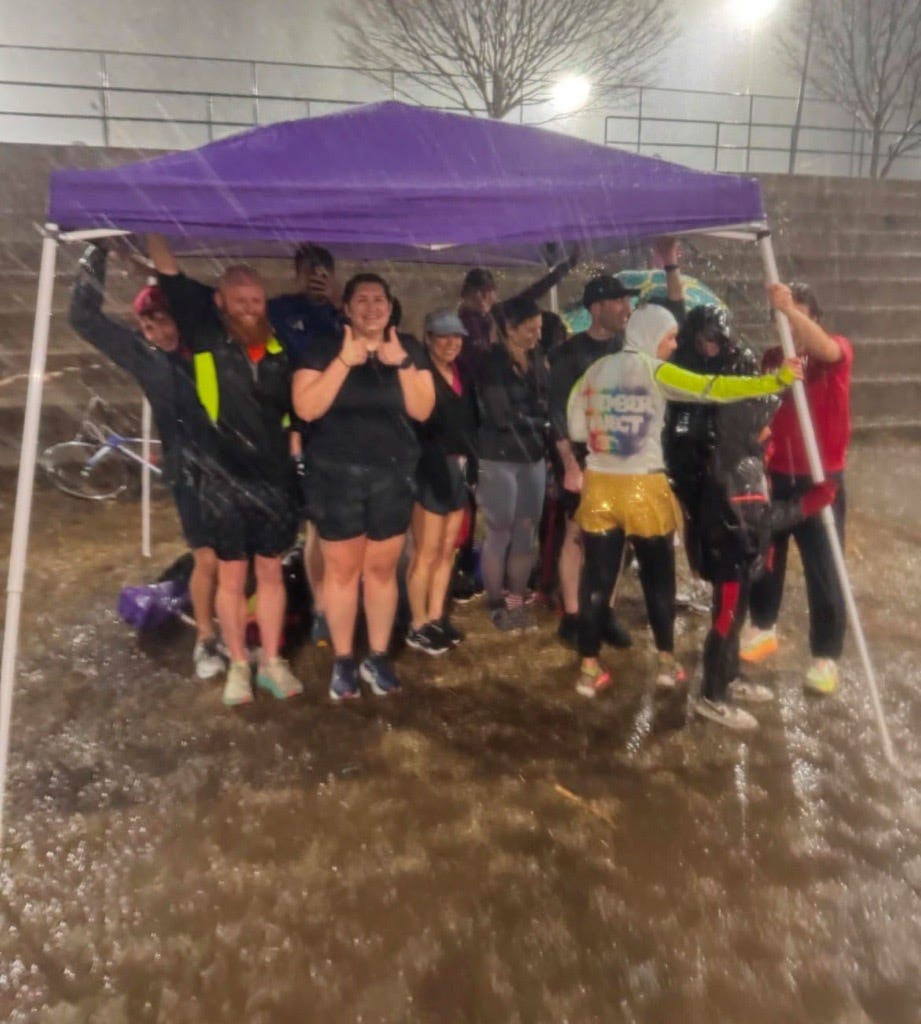

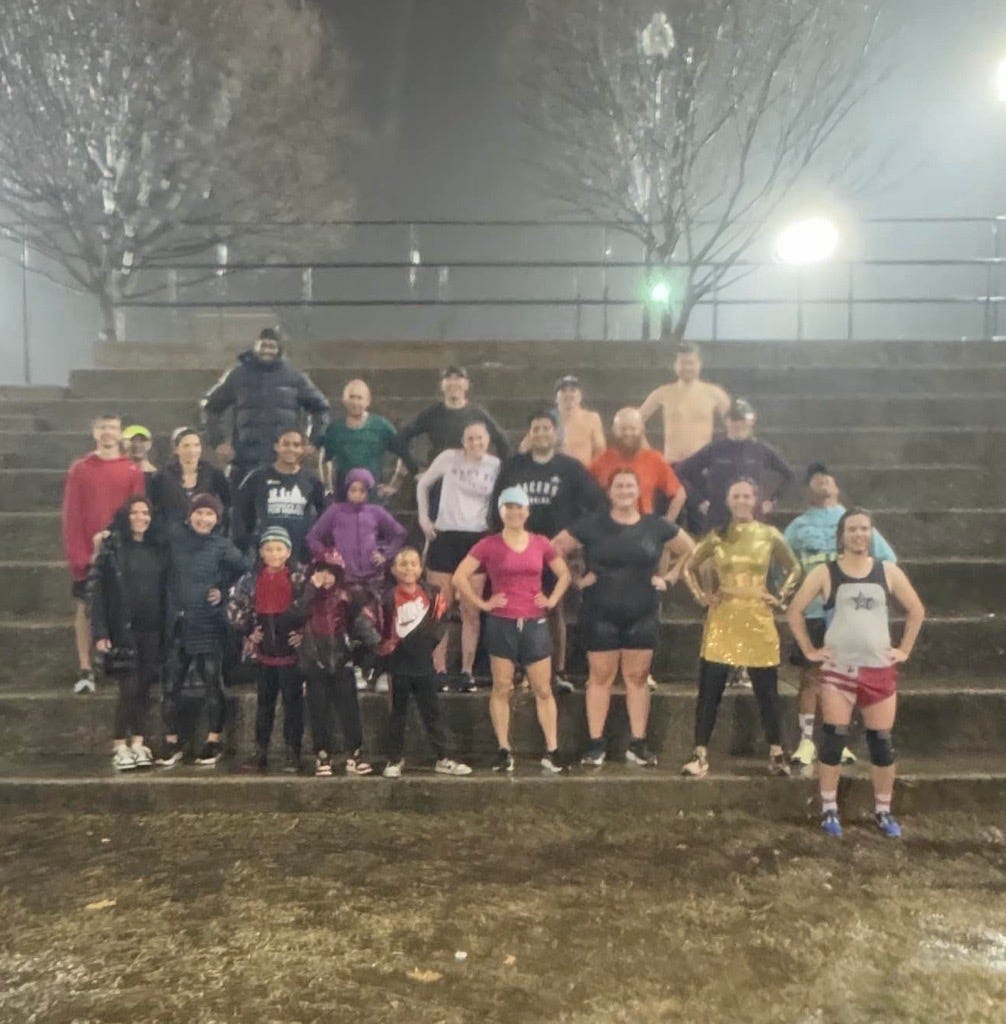
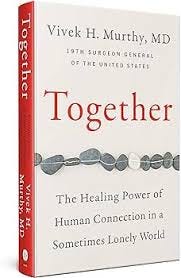
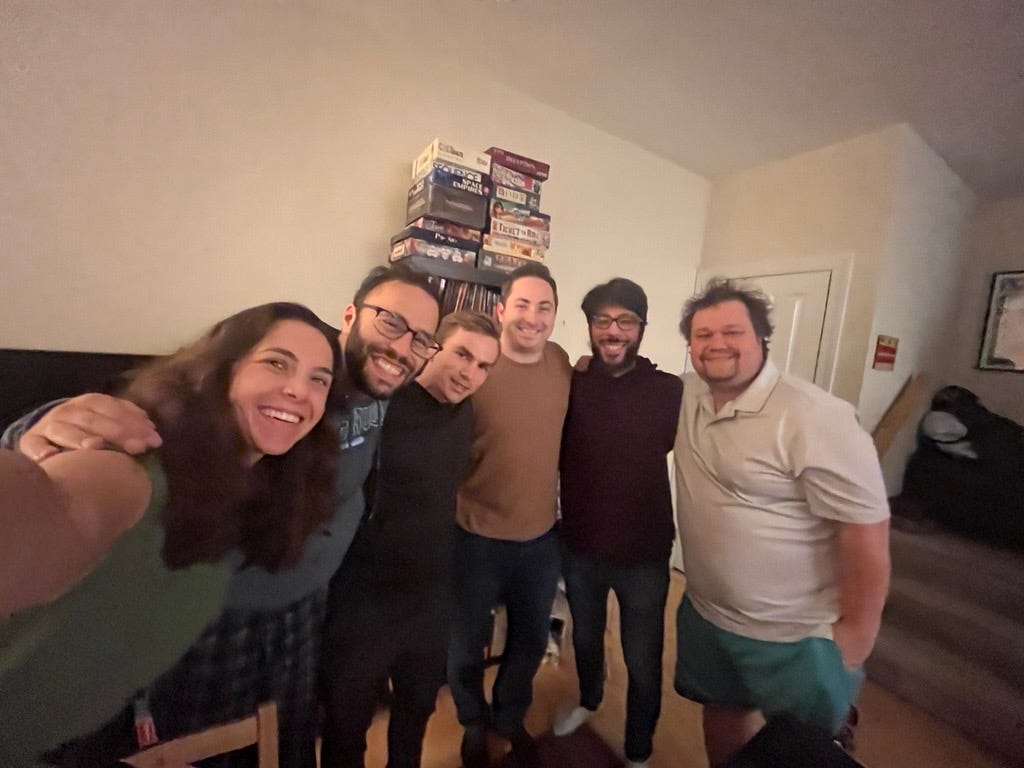
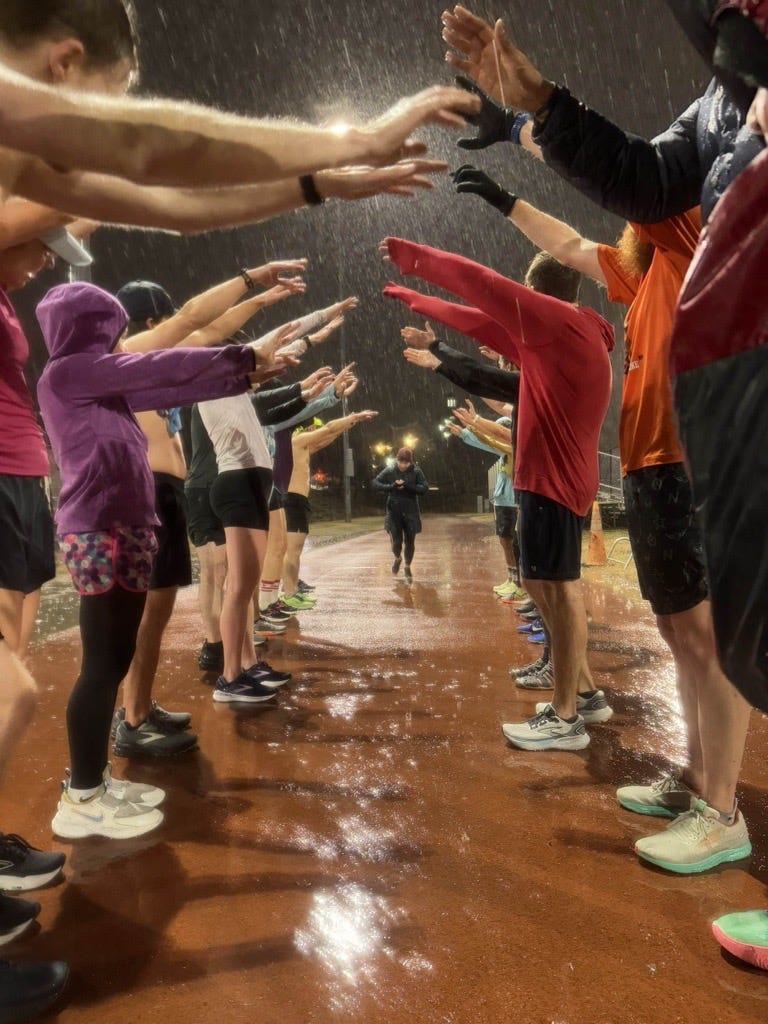

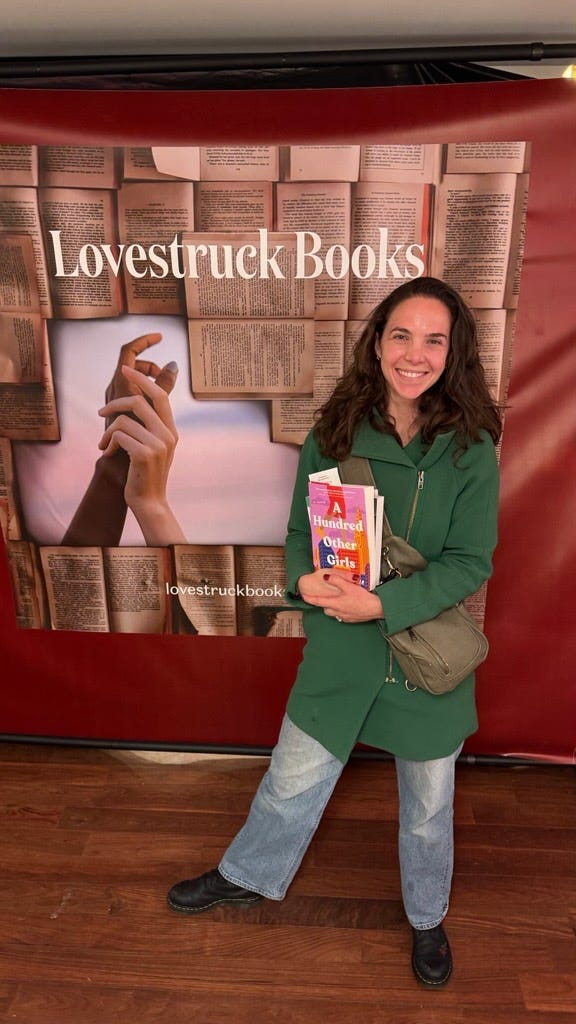
I can definitely relate to leaning into the slow burn and the power of just showing up even though it does feel awkward and extra lonely a lot of times.
no one does community like you ❤️ lots more hanging out in 2025!